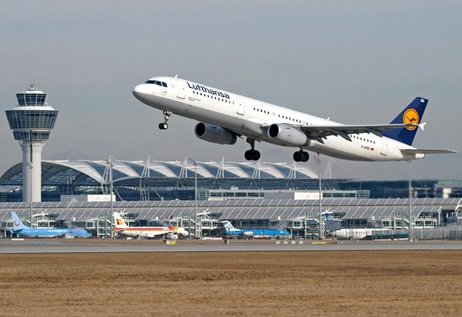
Domodedovo airport (DME) is one of the largest Russian gateways. Members of the world’s leading airline alliances – Star Alliance and Oneworld – choose Domodedovo for flights to Moscow.
Domodedovo is the first Russian airport to become one of the largest airports in Europe according to the Airports Council International (ACI) classification. Regular airline passenger and cargo traffics are performed by 50 aircompanies-partners of Domodedovo. The route network of the airport covers about 200 destinations (to Europe, the Asia-Pacific region, the Middle East, North and Central America), 44 of which are unique for the Moscow aviation hub.
Previously, a part of business processes was implemented in the ASU RTO information system based on a foreign platform. The lack of flexibility in respect of development, high cost of customization and system exploitation, insufficient integration with existing systems, poor support from the part of supplier in Russia were the reasons for adopting a new solution. Having analyzed the market and compared different products, the company made a choice in favor of 1C:Repairs and Equipment Maintenance Management CORP.
Project results
During the project, specialists at the Gradum company, which is one of the main 1C partnership community participants, designed both the system per se and the mobile application, created and approved exploitative documentation and developed automated educational courses.
Automation covered the following aspects:
-
Management of capital goods maintenance
-
Management of production and administrative services
-
Management of contracts connected with capital goods maintenance and exploitation
-
Inventory management and procurement of components, materials, and tools
-
HR management
The information system automates the following processes:
1. Generation and execution of annual and monthly tech maintenance schedules.
2. Planification of the needs in resources (employees, components, materials, tools, etc).
3. Cost control.
4. Order generation, including in automatic mode, guarantee control, keeping records on suppliers, orders and agreements.
5. Management of contracts with suppliers and contractors (service and guarantee contracts, leasing, outsourcing, etc).
6. Management and use of working groups’ catalogs, including procedures for their creation, updating and termination, procedures for replacing employees and accounting for works perfomed; accounting for employees’ specialization and certification; management of outsourcer’s working groups (teams).
7. Management and use of Services Catalog, including procedures for their creation, updating and termination, procedures for establishing service-level agreements (SLA), control of their execution using KPI and reporting system, including services provided by outsourcers.
8. Production and administrative services management in order to detect consistency in registered events, identify bottlenecks, develop measures for eliminating causes of the detected problem.




